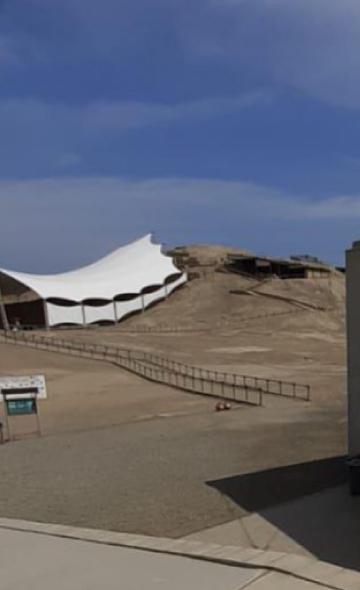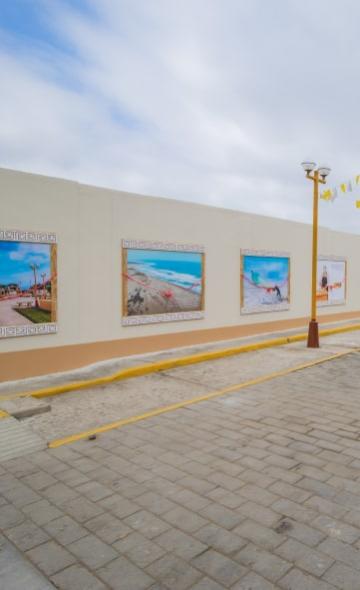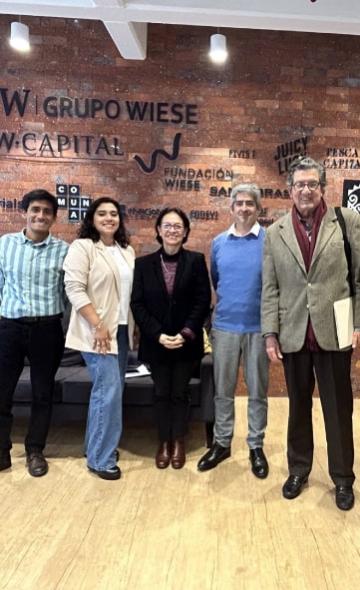- Visitors
- Researchers
- Students
- Community
- Information for the tourist
- Hours and fees
- How to get?
- Virtual tours
- Classic route
- Mystical route
- Specialized route
- Site museum
- Know the town
- Cultural Spaces
- Cao Museum
- Huaca Cao Viejo
- Huaca Prieta
- Huaca Cortada
- Ceremonial Well
- Walls
- Play at home
- Puzzle
- Trivia
- Memorize
- Crosswords
- Alphabet soup
- Crafts
- Pac-Man Moche
- Workshops and Inventory
- Micro-workshops
- Collections inventory
- News
- Community
- Projects for Taxes: How did the El Brujo Archaeological Complex become the first cultural project under this modality?
News
CategoriesSelect the category you want to see:

International academic cooperation between the Wiese Foundation and Universidad Federal de Mato Grosso do Sul ...

Clothing at El Brujo: footwear ...
To receive new news.
Por: Complejo Arqueológico El Brujo
Under the Projects for Taxes mechanism, private businesses can finance and carry out investment projects that are then partially discounted from the Income Tax that they must pay.
Thanks to this mechanism, the projects can be carried out in less time and with greater efficiency. This benefits economic development in the regions where they take place.
Until recently, Projects for Taxes didn’t include the cultural sector. However, this has changed. The Wiese Foundation is the first organization to receive the green light from the Ministry of Culture to finance and carry out the first Projects for Taxes initiative in this sector. This project was focused on development, research, promotion, and diffusion at the El Brujo Archaeological Complex (CAEB).
How did it all begin?
.jpg)
The project began in 2016. At that time, the Wiese Foundation, along with the Ministry of Culture, proposed the possibility that the mechanism be applied to the cultural sector, which had not been in practice up to that time. As part of this proposal, a project outline was developed that would allow it to be applied, and for it to be viable for the CAEB.
What was the proposal for using the Projects for Taxes mechanism at El Brujo?
Through the Projects for Taxes mechanism, the Wiese Foundation proposed to work in three sectors of the archaeological complex, two of them with evidence of Moche settlement, and the other with a large cultural sequence beginning with the pre-Ceramic occupation.
The new investigations at Huaca Cao Viejo planned to uncover two sectors occupied by the Moche culture, which would improve the experience of visitors touring the site.
Meanwhile, part of the strategy also involved the diffusion of knowledge about Moche culture and the improvement of the quality of life in the communities in the site’s area of influence. The latter would be achieved by generating sustainable sources of income, both direct and indirect.
Investment and actors involved in the first cultural-sector project under the Projects for Taxes mechanism
.jpg)
It was estimated that the investment required to carry out the project would be upwards of 3.5 million soles. The initiative was carried out in partnership with the Ministry of Culture and the Government of La Libertad, with Inmuebles Panamericana as the managing business and the Wiese Foundation as the executive business.
Project suspended for 107 days due to the state of emergency
As was the case across different sectors, after the state of emergency was declared for COVID-19, the project was suspended as a result of the obligatory lockdown initiated in 2020. This paralyzed actions planned under the Projects for Taxes mechanism.
However, during this time, the Wiese Foundation and those involved in the project put in march an impressive strategy of diffusion through the creation of audiovisual, educational, and ludic contents inspired by the material culture of more than 14,000 years.
How were activities resumed after the 107 days of obligatory lockdown?
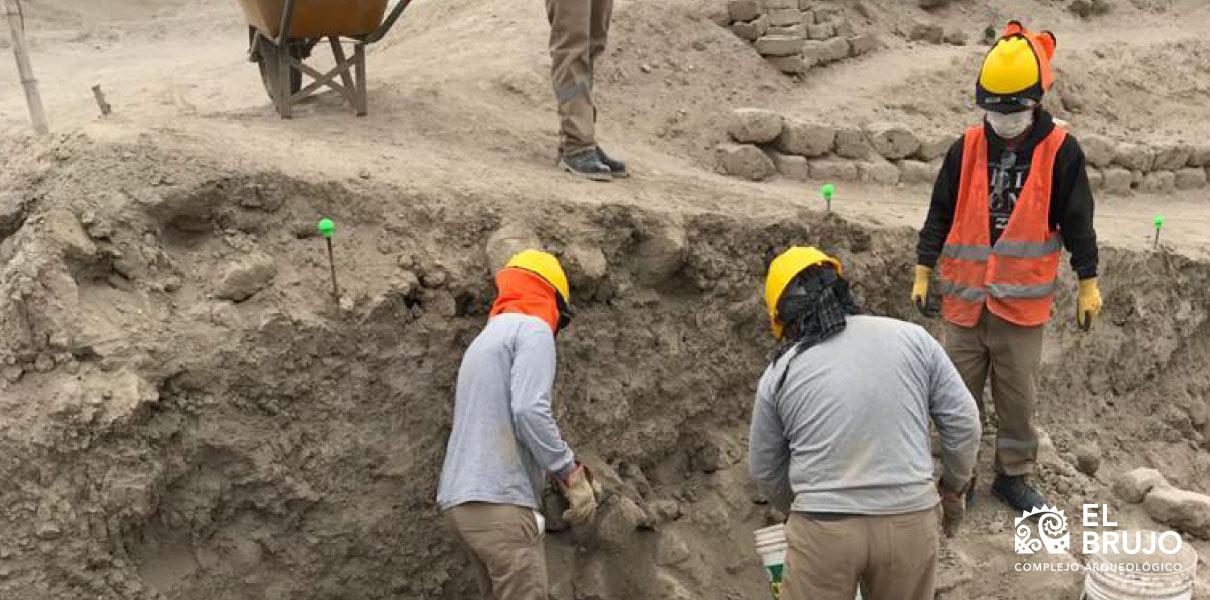
After the 107 days of obligatory lockdown and the 55 additional days of work to recondition the installations of the archaeological complex, on August 25, 2022, the actions scheduled as part of the plan for the Projects for Taxes program were resumed.
During this first phase of restarting activities, the excavation of an area totaling 170 square meters, divided into two excavation areas, was planned. The first area was located on the Upper Platform of Huaca Cao Viejo, and the second was located in the area known as the East Annex.
The VIII International Archaeology Conference was held
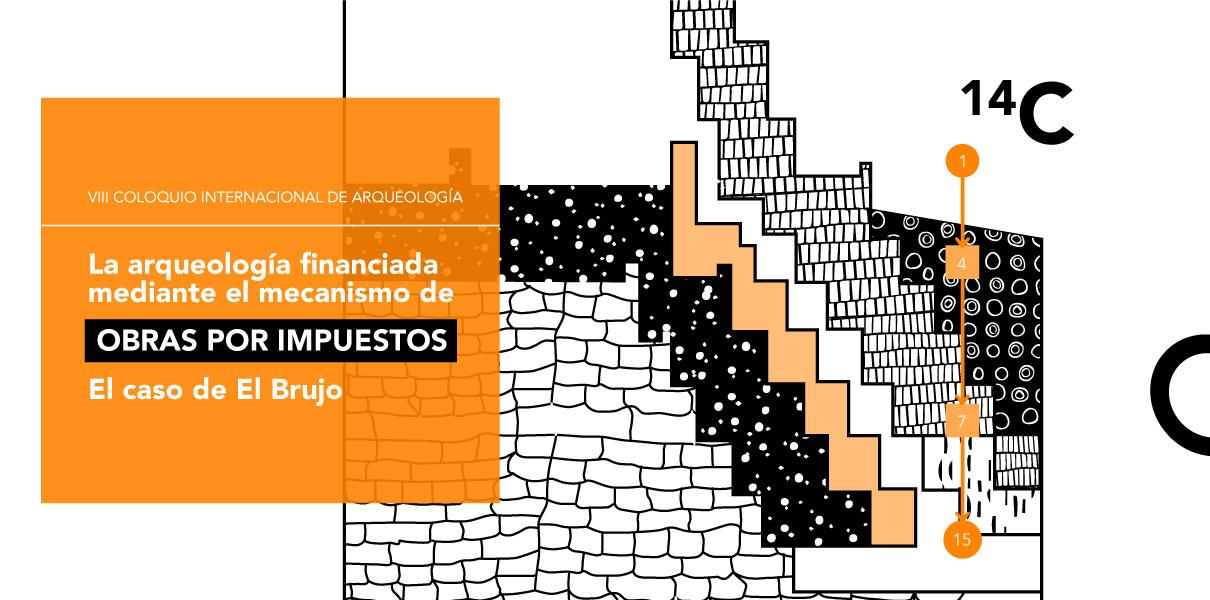
The latest results of the research done as part of the Projects for Taxes mechanism were presented at the VIII International Archaeology Conference, which also talked about the importance of absolute dating in understanding the pre-Hispanic history of the North Coast of Peru.
Augusto Bazán, director of investigations for the Wiese Foundation, gave a presentation during the second session of the conference titled “Preliminary results of excavations at Huaca Cao Viejo”, in which he detailed the georeferencing that was done at the site, which allowed for a better understanding of the archaeological spaces and the times associated with them. This made it possible to put together occupational sequences and synthesize the information gathered.
Community , outstanding news


